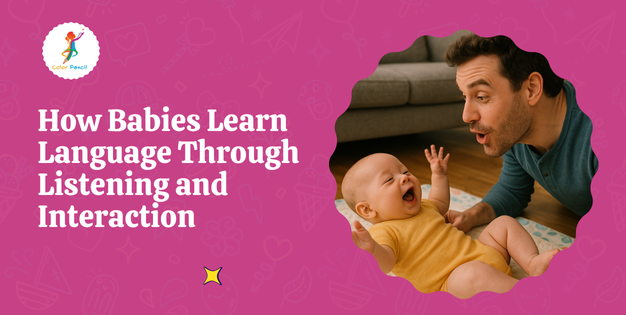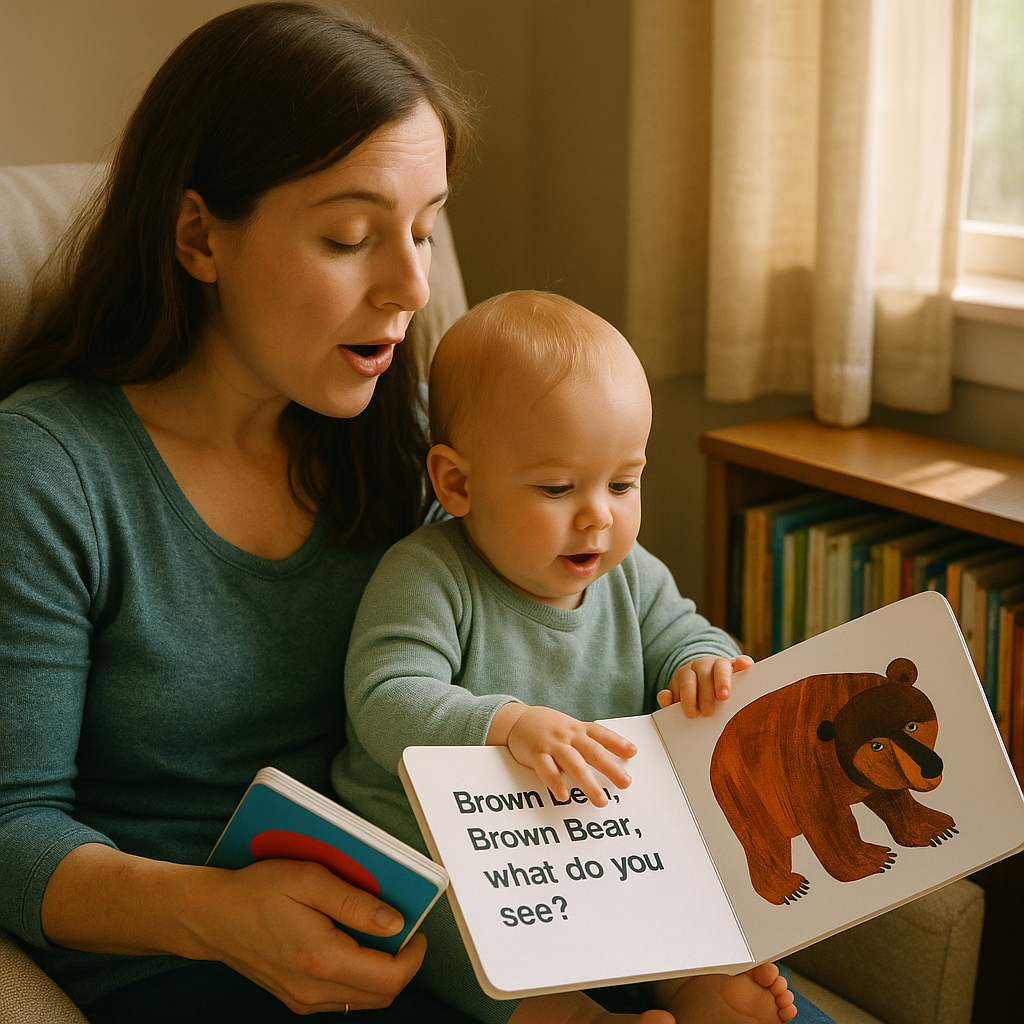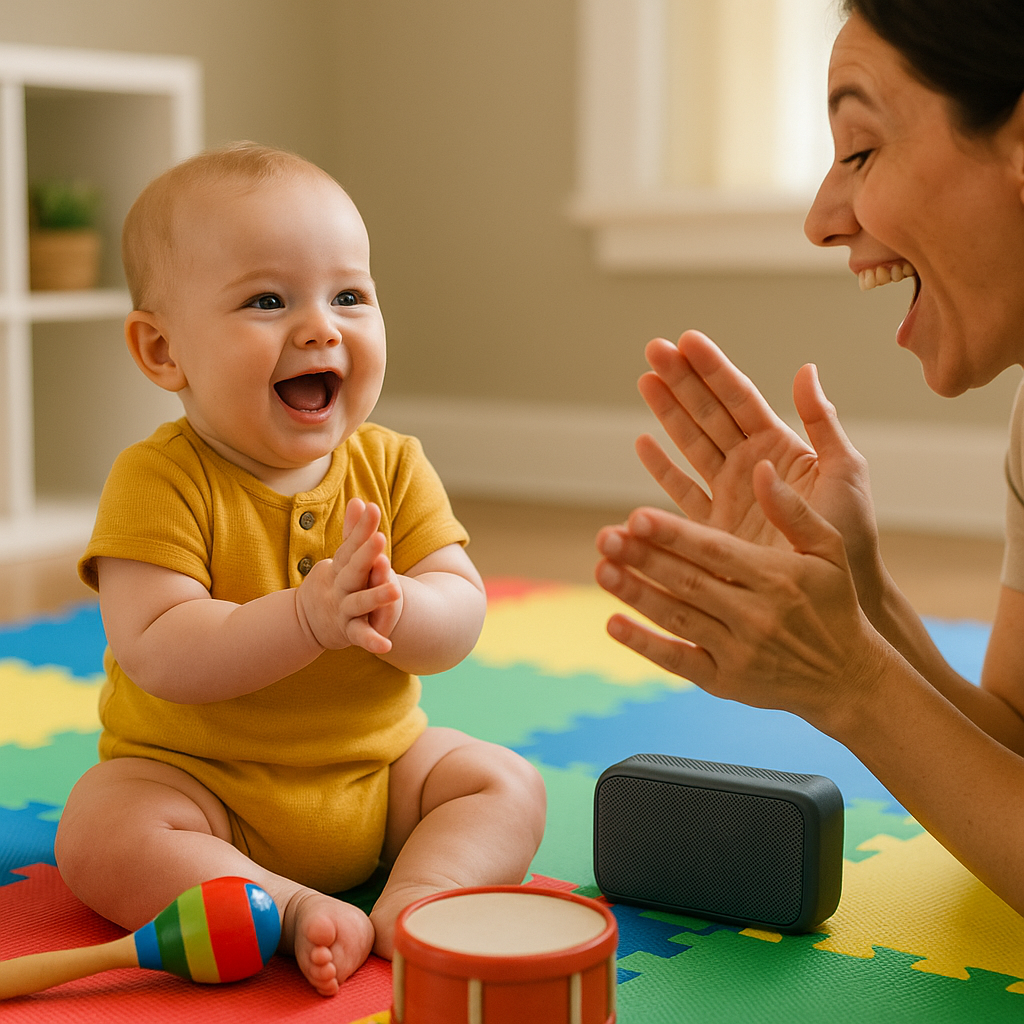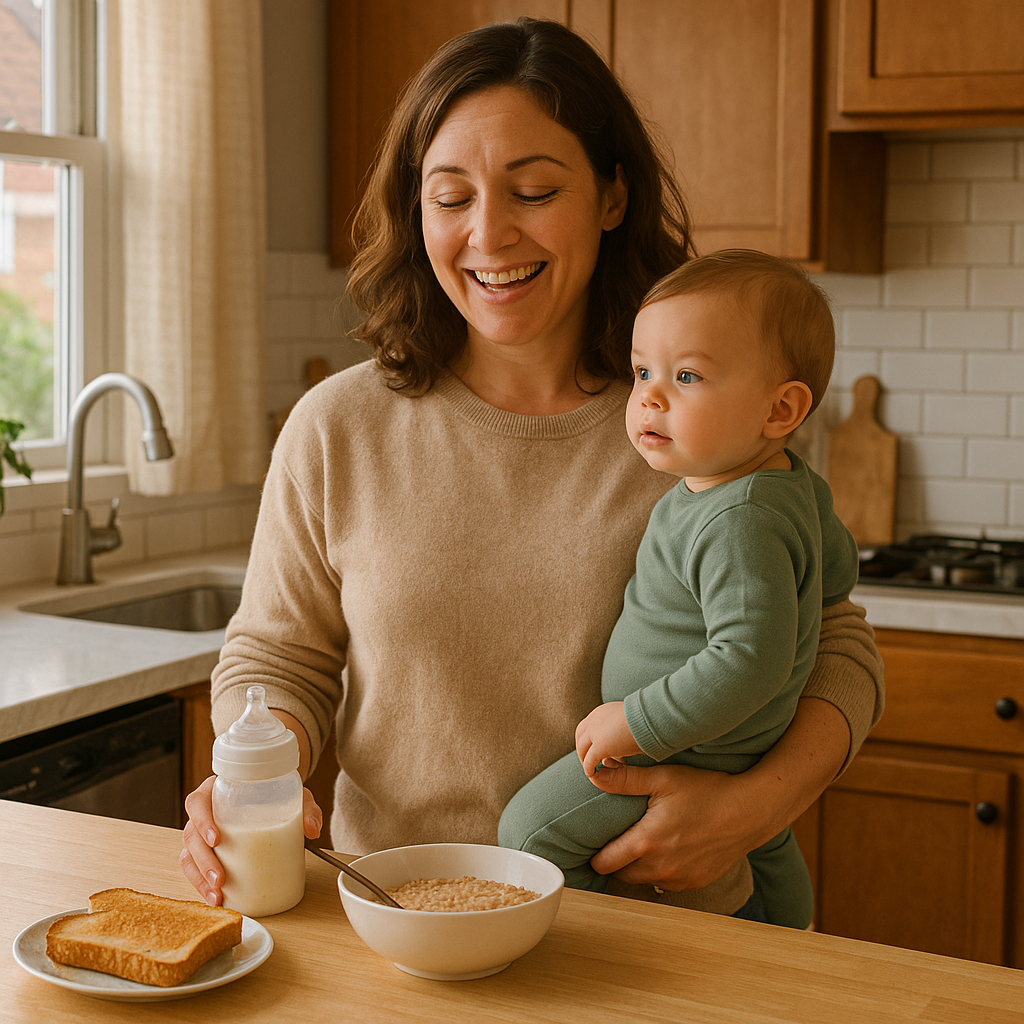
Top 10 Flashcard Combos for Holistic Toddler Learning
Did you know that up to 80% of a toddler’s brain develops in the first five years? As a parent, you’re likely eager to give

Babies may not be able to speak yet, but their brains are already hard at work processing sounds, patterns, and meaning. New research shows that how babies learn language doesn’t just depend on what they see—but also heavily on what they hear.
Even before their first words, babies are laying the foundation for language through everyday interactions. Let’s explore how listening, talking, and connection help shape early communication.

Yes—research now confirms that non-visual language learning is real and powerful. A study from Duke University found that babies can start associating sounds with words even when they don’t see the object being named.
This means your baby is picking up vocabulary just by hearing you say words in context, like:
It’s a strong case for narrating your day—even the little stuff.
Here’s how babies begin understanding language long before they speak:
You don’t need flashcards—just talk to your baby naturally and often.

Even one-sided conversations with your baby make a difference. When you narrate daily activities, label objects, and respond to baby coos, you’re teaching the structure and sound of language. Discover more ways to support language development in early childhood with our guide to educational apps that build vocabulary.
This supports:
The more words your baby hears in context, the better their brain gets at decoding them.
If you’re noticing signs of delayed speech in your baby, it’s important to stay informed and seek the right support. Find out why delayed speech is more common today and when to reach out for professional help.
Want to reinforce language development through play? Nursery rhymes are a powerful way to support how babies learn language. They combine rhythm, repetition, and sound patterns—all key ingredients for building early communication.
🎥 Title: Nursery Rhymes Compilation | Super Simple and Fun Kids Songs | Color Pencil TV
This cheerful compilation features classic songs that help babies tune in to sounds, syllables, and word flow—all while having fun. It’s a perfect addition to your daily routine for nurturing listening and speech skills.
Singing to your infant has proven benefits for early language development. Find out how singing to infants boosts bonding and vocabulary and helps build a solid foundation for their communication skills.
You can support language development through simple, daily interactions:
It’s not about perfection—it’s about consistent connection.
Looking for a fun way to introduce word patterns and number concepts?
🎥 Title: Count 1 to 20 with Dinosaurs | Number Song for Toddlers | Color Pencil TV
This playful number song combines counting with repetition, visuals, and dino-themed delight—perfect for reinforcing early word and sound associations.
Don’t wait for words to start talking.
Your baby is learning long before they can speak. Every sentence you say is shaping their brain and future language skills. Whether you’re describing your breakfast or singing in the car, you’re building vocabulary one word at a time.

Feeling Overwhelmed? Let’s Talk! Join Our Parent Forum and Get Expert Advice & Support!
Through listening, repetition, and responsive interactions with caregivers—well before they start speaking.
Yes, studies show babies can begin learning words even without seeing the associated object.
From birth (and even before!). Talking to your baby from day one helps with bonding and brain development.
Sing-song “parentese” (exaggerated tone and pitch) is helpful—but mixing it with real vocabulary is key.
Cooing, babbling, responding to your voice, and mimicking mouth movements are all early milestones.